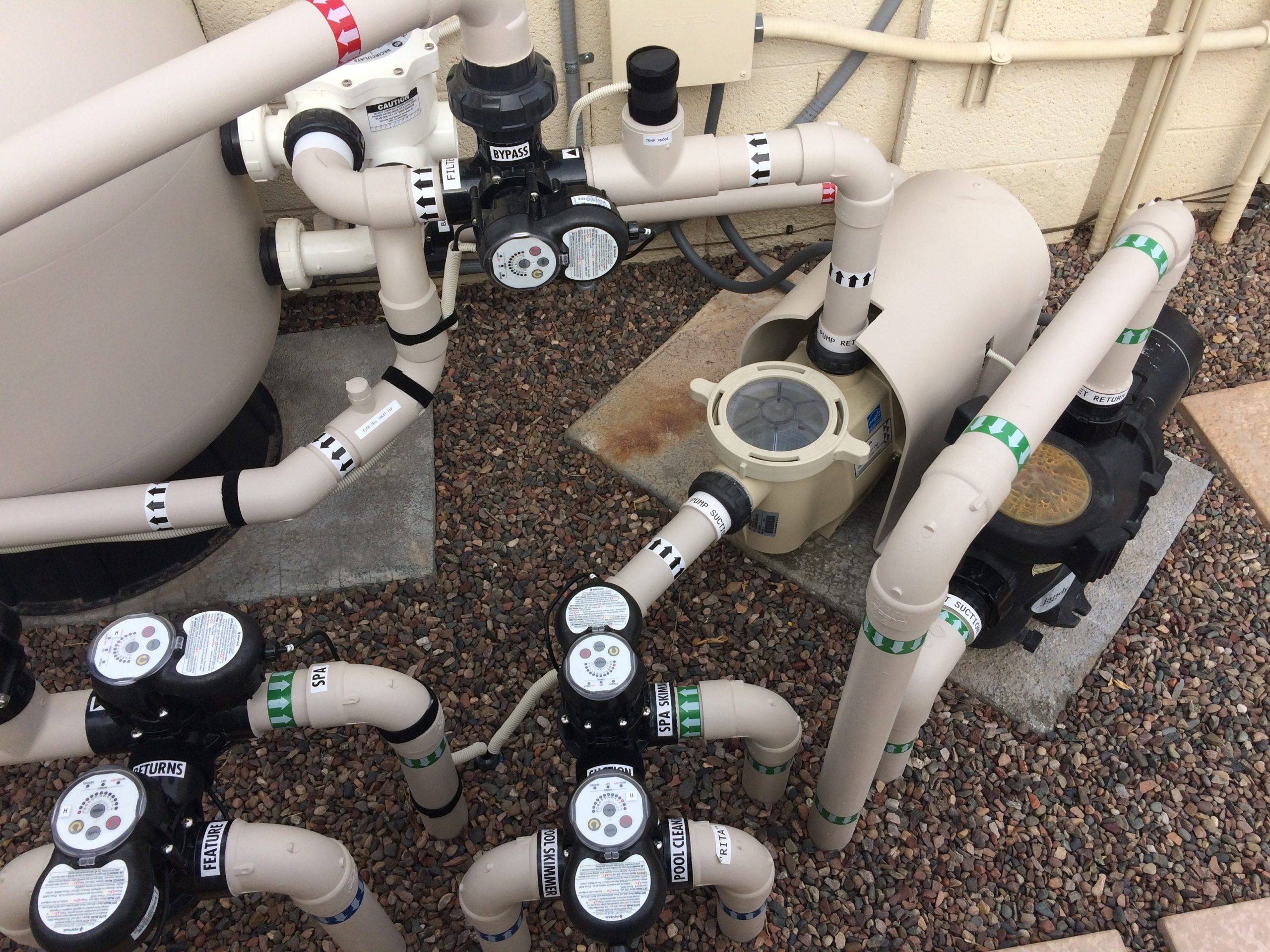100% with you on the flocculant use. Flocculants are what I have done for a living for over a quarter of a century in industrial and mining processes. Everything from potable water and municipal waste (sewage) paper making, industrial water treatment, mining and general solid/liquid separation processes. I think in terms of pools there is fair degree of opacity (if you'll pardon the pun) around the chemistry used. Many products contain alum, which is going to contribute sulfate to the pool. Not at high concentrations for an individual dose, but these things build up. The other common "flocculant" in pool treatment is a cationic polymer called polyDADMAC (polydiallyldimethylammonium chloride). It's also used in potable water treatment in some jurisdictions, particularly to capture additional turbidity or to assist in capture of cysts such as cryptosporidium and giardia in sand filters. As polymer based products don't contain sulfate, and are effective at very low dose, they probably have a use in speeding up the recovery of a green pool, but I would avoid then in cartridge filters as they polymer tends to adsorb onto the filter medium resulting in blinding of the filter cloth, increased back pressure, reduced flow rate and so on. It doesn't come off easily either so you're looking at a new cartridge. So in sand filters I would use it if I had to, but in cartridge filters I would avoid it as new cartridges are expensive. Cartridge filters are generally more effective than sand filters, so typically a flocculant is not necessary. In the vast majority of cases, they are completely unnecessary, but they are one more product that the pool shop can sell you. So typically they will tell you that you have a few hundred ppb of phosphate and absolutely must precipitate it with lanthanum. So this produces very fine particles that may take a few days to clear in a sand filter so they want you to use a flocculant as well. If the pool is properly sanitised and the water balanced, none of this is necessary.




